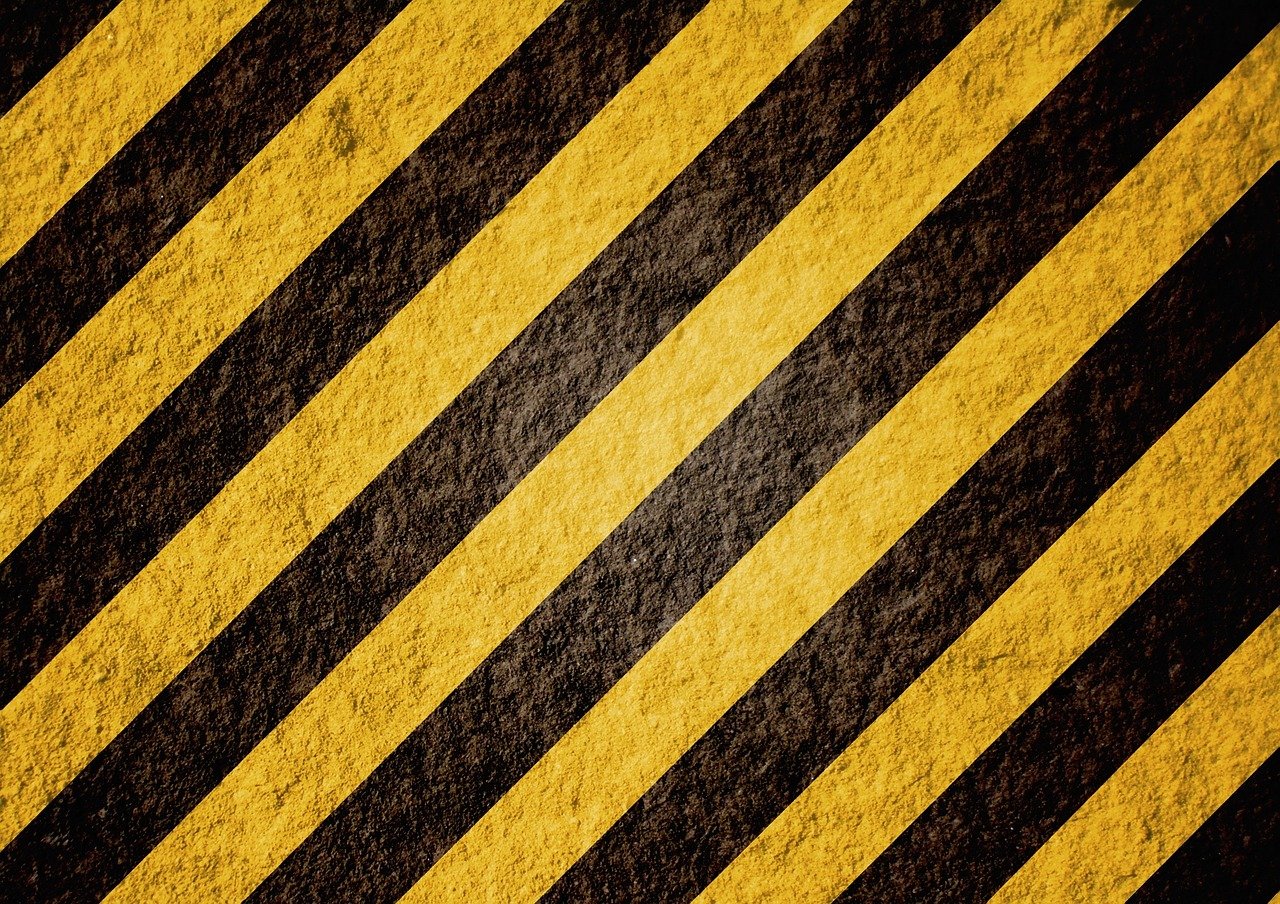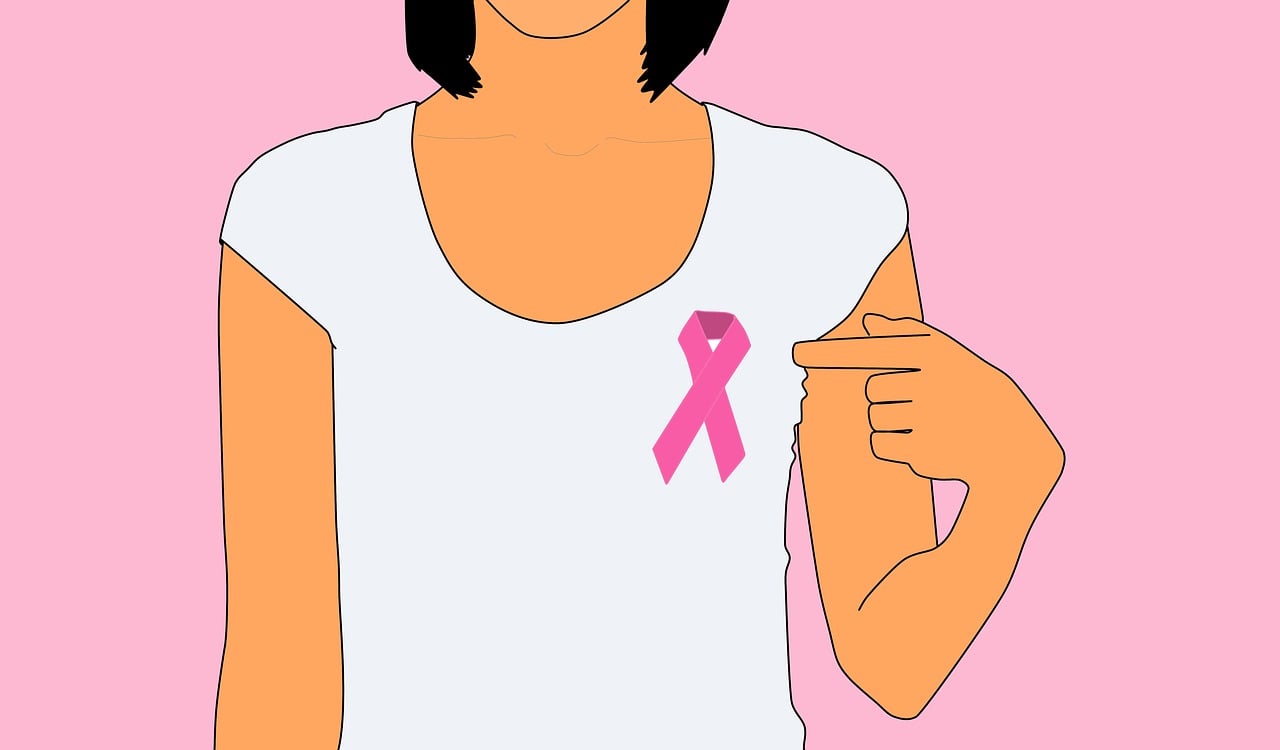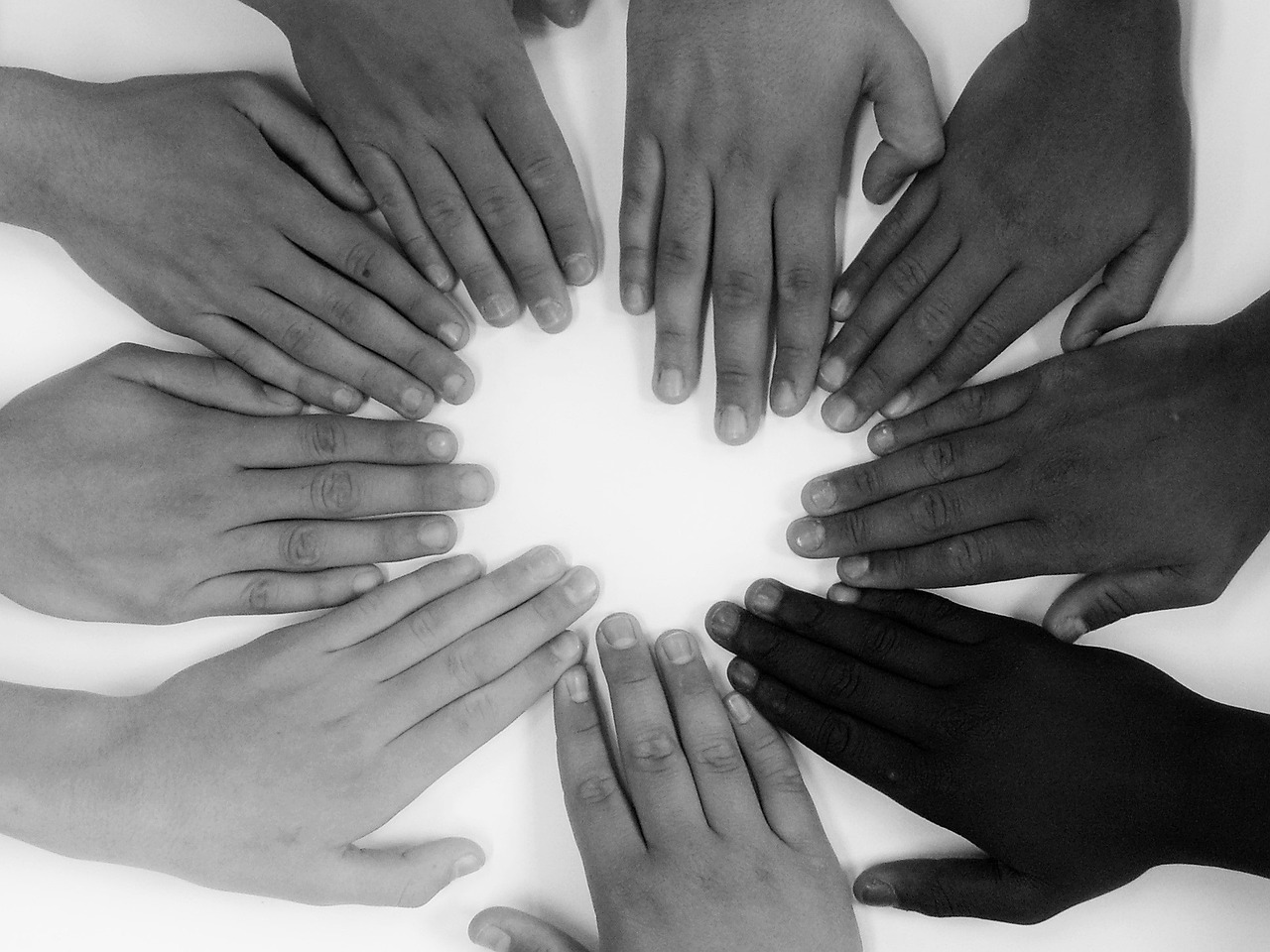“Unemployment” is one of the last things we’ll ever wish to experience, but now imagine when you are employed and you meet your end at your workplace because of avoidable occupational hazards.
Well, that’s why the International Labour Organization deemed it necessary to have a day earmarked for the World Day celebration of safety and health at work. This day is stipulated for 28th April every year.

Because many important stakeholders do not take occupational safety and health seriously, it is pertinent to specially pull efforts and use this day for a campaign towards improved occupational safety and health.
So, if you are wondering where and how our workplaces can be hazardous, read on AND/OR see the YouTube video below:

What are occupational hazards?
They are simply risks or harms or dangers we face at our workplaces.
Unfortunately, many employers and employees do not know some or all of these hazard sources. At most, people could identify the injuries or harms they can likely sustain from their machinery or tools.
Hence, in this article, I have enumerated five possible sources of hazards in your workplace:
Sources of occupational hazards
1. Physical hazards
This is apparently the commonest and most known source of occupational hazards.
A farmer knows there’s the possibility of his cutlass missing the soil for his foot; a footballer knows the goal post-bar could earn him three months in the hospital; a doctor knows his stethoscope can fling into his eye; and so on.
Now, these hazards are typical hazards from physical work tools, but how about hazards from other sources …?
2. Biological hazards
Last year, this hazard source suddenly overthrew physical hazards in popularity … how?
These hazards come from micro-organisms such as viruses, bacteria, parasites, etc. It is commoner in health facilities and no healthcare worker graduates from school without learning one or two things about this group of hazards.
Last year, the world faced a suddenly increased risk of contracting coronavirus from any meeting place including our workplaces. The coronavirus is a biological risk that impacted, and still impacting our safety and health at our workplaces,
Hence, most institutions became more responsive to the need for hygiene-promoting facilities such as handwashing facilities in our workplaces.
3. Chemical hazards
These ones are sequelae of reactions of hazardous chemical including acids and caustic sodas.
A typical example of the manifestation of this hazard is the Beirut explosion in Lebanon last year, which was blamed on the unsafe storage of “ammonium nitrate” in the ship port and hence, the subsequent detonation that resulted in the explosion.
Lives were lost, many disabled, many families thrown into mourning simply because of an avoidable mistake.
4. Radiological hazards
This is probably the most ignored or the second-most ignored hazard after the next hazard we will discuss.
This hazard originates from radiological emissions from various sources. Unfortunately, sometimes, these sources are even unmonitored and they can seep out beyond the workplace to even the hosting community.
This hazard is capable of causing a long-term outcome: cancer. Most cancers sadly originated from exposure to dangerous levels of radiation, thereby catalyzing or even initiating mutation in the body. Cancers result from mutated cells of the body.
5. Psychological hazards
If there’s any hazard that’s unseen and mostly forgotten, it is this hazard.
Physical and chemical hazards are obviously visible to the naked eyes, biological hazards can be viewed with microscopes, radioactivity level can be measured with Geiger counters, but psychological hazards …?
The good news about this hazard is that over the past two decades, people are embracing and understanding mental challenges better. And even though we are still not there, the stigma towards these challenges are reducing gradually.
But then, it is important to also reduce some of the triggers of these hazards e.g., work overload, sexual abuse at work, threats, blackmailing, underpayment, unrealistic job targets, and so on.
Because of these hazards, many people have tripped off into depression and subsequent suicidal ideation with possible attempts. It is really important that we don’t neglect these hazards.

Via the coronavirus, biological hazards showed us a different scope of itself last year and even exposed the inequalities surrounded around health accessibility. I have written another short article in line with the World Health Organization’s guide for this year’s international world health day; click here to see the article on “building a fairer, healthier world for everyone”.
What occupational hazard have you ever tasted its blow at your workplace? Mine is a needle prick from an HIV-infected patient, thank God for post-exposure prophylaxis; I’d like to know yours, let’s talk in the comment section.
Regards,
Dr. STM







